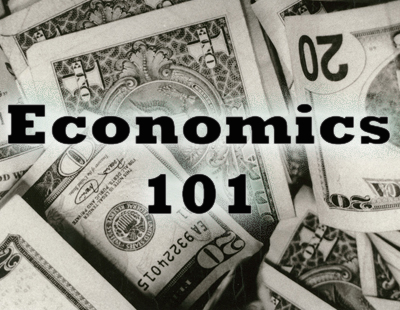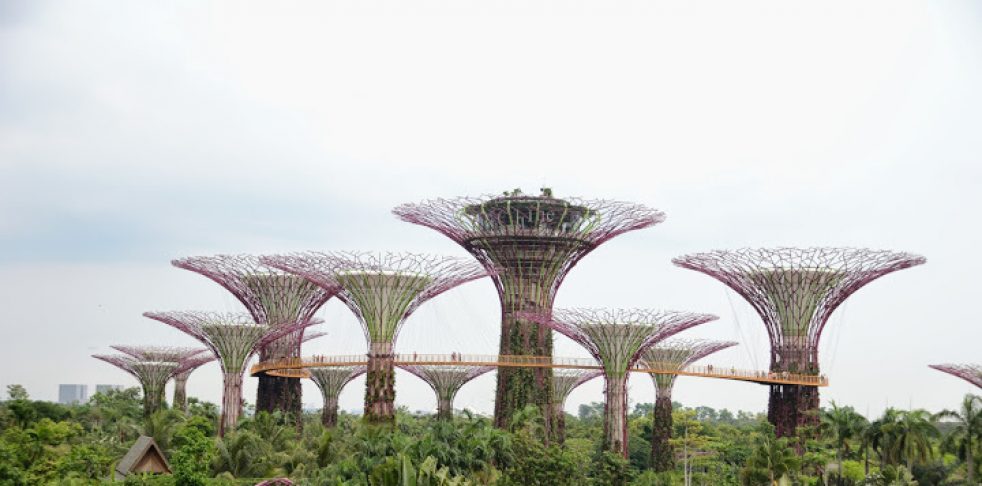@WoollyMammoth and others who are arguing the case for Globalization blindly without a valid basis, you would need to look at the both the historical and current facts and figures before regurgitating the SG mass media line that Globalization is the solution to all of SG’s economic problems. It’s a panadol temporary pain-relief at best.
@SOS9112001. First, from the recent economic data and numbers, Globalization’s no longer advantageous to Singapore. But You raised up a important point – that other countries will catch up with Singapore one day. Do you realize that by opening up Singapore economic borders unchecked, Singapore’s actually training up our regional countries workforce to compete directly with Singapore one day?
We have actually seen this happening when MNCs started to re-locate their Asia-Pacific business centres like operations centres to those former third-world country that has acquired more skilled labour who returned from Singapore after a couple of years?
MNCs moved because Globalization or the mass influx of bodies into Singapore has increased the business cost of land for commercial, residential and leisure purposes. Coupled with the fact that our neighbouring countries’ workforce has attained critical masses of skilled labour, MNCs are making the move that makes economic sense easily.
What’s the long-term impacts to Singapore as we accelerated the training and skill levels of our neighbouring competitors?
The passe phenomenon of Globalization started in 2004 when LHL began his mass imports of FTs after he came into office in August, three days after SG39 National Day.
Before LHL took over the premiership, Singapore always have had good and sustainable economic growth from the 70s, 80s throughout 90s and even early 2000s.
Even before the word Globalization was coined, being a trading port-city, Singapore was always a free-port and open economy, resulting in our economy being well-correlated with the up and down movements of the global economy.
After LHL opened the floodgates to the FTs from 2004 onwards, Singapore’s economic cycles became extremely volatile.
Just look at the abnormal high spikes in GDP after GFC from 2009 to 2011. And followed by prolonged trough periods of negative and low growths from 2011 till 2016, even when the rest of the world was enjoying healthy growth over the same period.
LHL’s use of FTs to boost economic growth is unsustainable and myopic. It’s like using drugs such as cocaine – giving a super-short high, followed by a very bad and long slump.
Worse, Singapore core economic capabilities and fundamentals were damaged during this period, characterised by high cost and low productivity.
White-collared FTs replaced the highly educated Singaporeans in PMETs jobs at MNCs, not by meritocracy or better skills; but by their own countrymen networks.
Blue-collared foreign workers were let in en-masse, depressing the wages of Singaporean rank-and-file workers, whilst letting SME owners enjoy quick short-term profits without the need to invest into technology and machineries.
All these lower quality FT workforce, together with their increasing numbers every year increased cost-pressure whilst lowering our national productivity.
Consequently, Singapore’s global competitiveness fell because of the higher cost and lower productivity.
Just look at Singapore’s prolonged economic under-performance against our regional neighbours ever since the high spikes.
The spikes and troughs during LHL’s administration are abnormal and unusual throughout Singapore’s modern economic history.
Look at the chart, before LHL took over in 2004, Singapore always had a healthy balance of economic growth. (falling within the two RED bands).
Yes before 2004 and the word Globalization was invented, there were real and high-quality FTs too, coming in to complement Singapore’s organic labour force, not replacing Singaporeans, making citizens under-employed in their own country after so much tax-dollars were spent on educating a typical Singaporean till tertiary levels.
Singapore’s economic development and balance in the last 12 years was severely disrupted and damaged by LHL’s myopic FT policy.
AFTERNOTE:
Another thesis at the moment is that LHL, through his liberal immigration policy for short-term GDP spikes has unwittingly became the labour training school for ASEAN and Sub-Continent Asia (e.g. India).
FTs who were allowed into Singapore got all the on-the-job trainings ahead of Singaporeans.
FTs get all the relevant trainings in MNCs when jobless Singaporeans were asked to attend government-ran SkillsFuture that did not guarantee a job after the training.
When the SG economy is good, these ASEAN & Indian FTs earned good money in Singapore, remit their earnings back to their home countries, whilst spending minimally to stimulate the domestic economy.
Jobless or unemployed Singaporeans tighten their belt and spent lesser than before. Consequently, the wealth-creation effects in Singapore is diminished significantly even as the bodies packed in and the population grew to 5.7 million.
Worse, when the SG economy is bad, FTs return to their home nations with the relevant skills-sets that MNCs desire to start their local operations. They become Singapore’s strong regional competition for MNCs to set up base.
These ASEAN and Sub-Continent Asian nations with their now skilled-labour and natural abundance of Land, easily wins these MNCs over at Singapore’s expense.
Singapore in a bad economy cannot re-build quickly because it is stucked with citizens with SkillsFuture skills that MNCs least require and hence Singapore and Singaporeans are losing the regional economic race, much less the global competition.
Just go take a peek at the recent performance of the regional economies vis-a-vis Singapore’s current state of economy.



